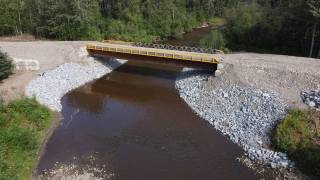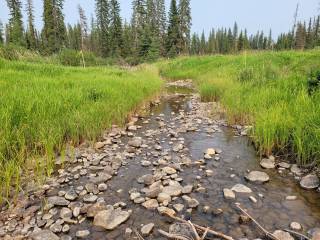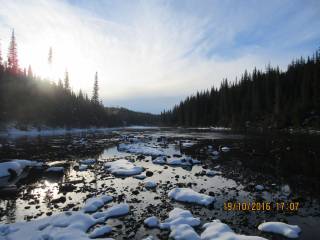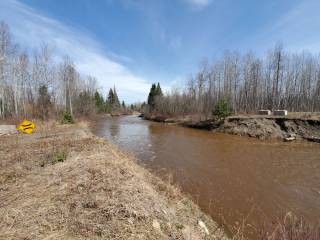River engineering is a very important aspect of crossings design, especially when considering open-cut methodologies.
River engineering is a very important aspect of crossings design, especially when considering open-cut methodologies. Vertical and Lateral scour, avulsion and flooding can all be hazardous to infrastructure in for the design life of the pipeline.
CCI can conduct Phase I Hydrotechnical Hazards Assessments intended to identify watercourses that could constitute a potential hazard for the proposed pipeline. The sites often include stream crossings or streams located adjacent to the alignment with potential encroachment.
Utilizing GIS mapping and satellite imagery, LiDAR, aerial orthophotos and/or other data sources available identification and risk assessment can be completed for the following hazards at a minimum:
- Scour,
- Channel lateral stability including migration and avulsion,
- Encroachment,
- Bank Erosion,
- Channel Degradation.
The preliminary hydrotechnical hazard assessment typically include:
- Assessment of major and minor watercourse crossings,
- Type of watercourse,
- Type of hazard,
- Description of the geomorphological, hydrotechnical or geotechnical properties that may influence the severity of the hazard and any additional information pertinent to the crossing,
- Recommendations for sites requiring a site-specific (Phase II) hydrotechnical study and recommended scope of work for such study,
- Recommendations for sites where Company standard design drawing and minimum depth of cover would be applicable.
Phase II Hydrotechnical Assessments for pipeline crossings include completion of more detailed assessments comprising hydrological and hydraulic assessments. Our modelling software, such as GIS and HEC-RAS assists our team with detailed hydrotechnical assessments.





